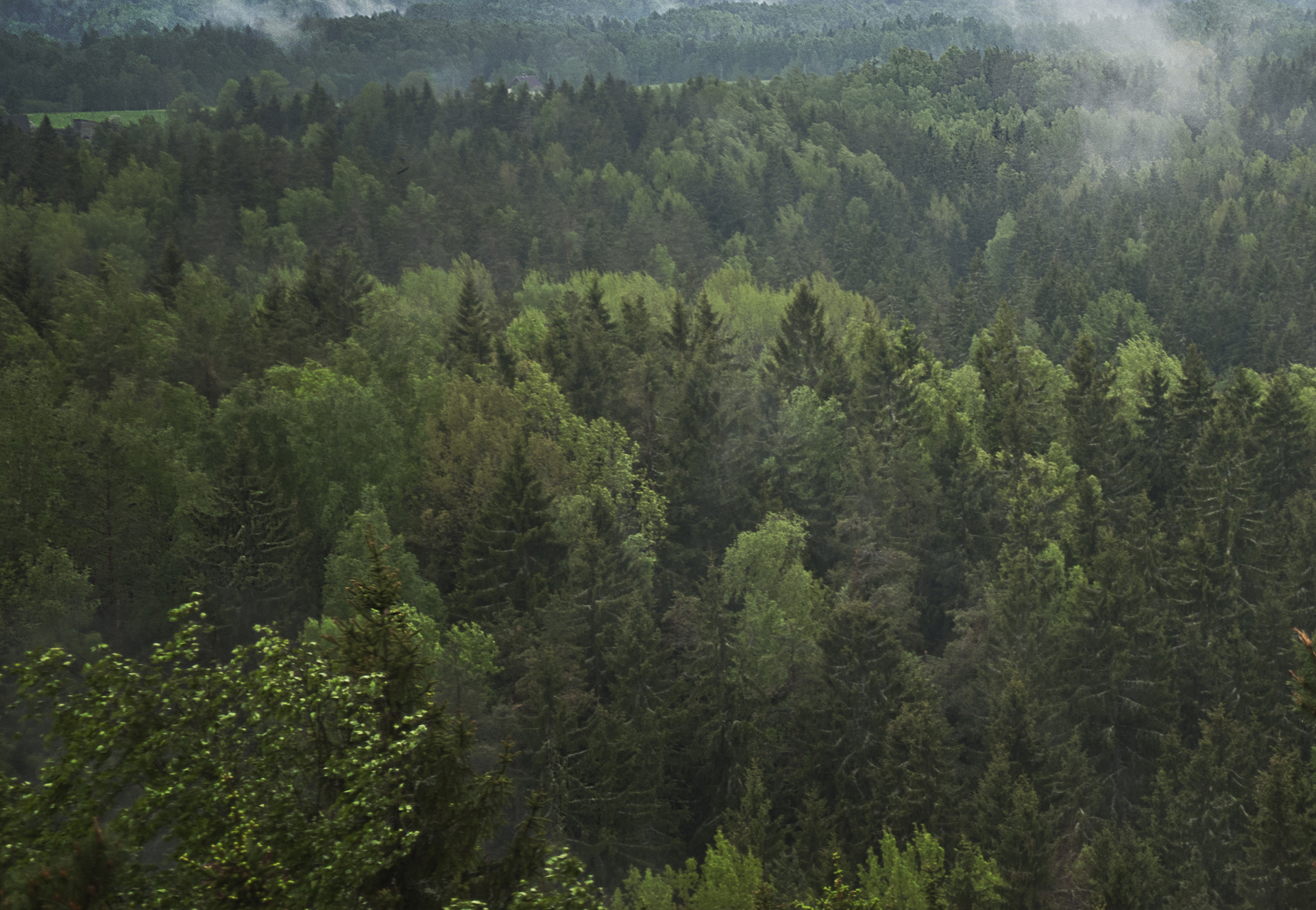Cinema in Latvia
Just under six months after the Lumière brothers’ legendary screening at the Grand Café in Paris, films were already being watched in a basement in Latvia. The first surviving film footage shot here depicts a car journey from Riga to Sigulda in 1904. The new entertainment form quickly became popular – the first building purpose built for screening films at the start of the 20th century had a capacity of over 1,000 seats.
Latvia declared its sovereignty on 18 November 1918. Its first years were punctuated by heavy battles with invading forces and work aimed at revitalizing the economy. Despit this, there was no reduction in public interest in cinema during this period. In 1930, there were over 80 cinemas in Latvia. The first films were also produced. The most notable of these were director Aleksandrs Rusteiķis’ 1930 production Lāčplēsis (The Bear Slayer) and Vilis Lapenieks’ 1940 film Zvejnieka dēls (The Fisherman’s Son), which was watched by 140,000 viewers during the first three weeks after its release. At the same time, Latviam-born masters of cinema like Sergei Eisenstein, Teuvo Tulio, Eduard Tisse, Marija Leiko and others were enjoying great success making films in Russia, Germany, Finland and other countries.
After the Soviet occuption, film production was compelled to chart an ideological course. Despite this, there was one significant benefit from the era of Communist construction work, i.e. Riga Film Studio’s pavilions, which although built in the early 1960s, still rank among the biggest in Northern Europe. Back in the day, Riga Film Studio produced an average of 15 films a year, employing up to 1,000 professionals at any one time. It was also the home of the Riga Documentary Film Studio, where world famous directors like Uldis Brauns, Ivars Seleckis, Hercs Franks, Juris Podnieks and others plied their trade.
After Latvia regained independence, the film industry underwent some major changes. While independent studios were founded, there was a rapid decrease in the number of films produced. This was most severely reflected in the crisis that afflicted the production of feature films. Fortunately, the industry is once again thriving. Latvian feature films, documentaries and animations works are increasingly receiving awards at the most prestigious international festivals, and in 2016 over 70 films were nominated for the Big Kristaps National Film Awards.

